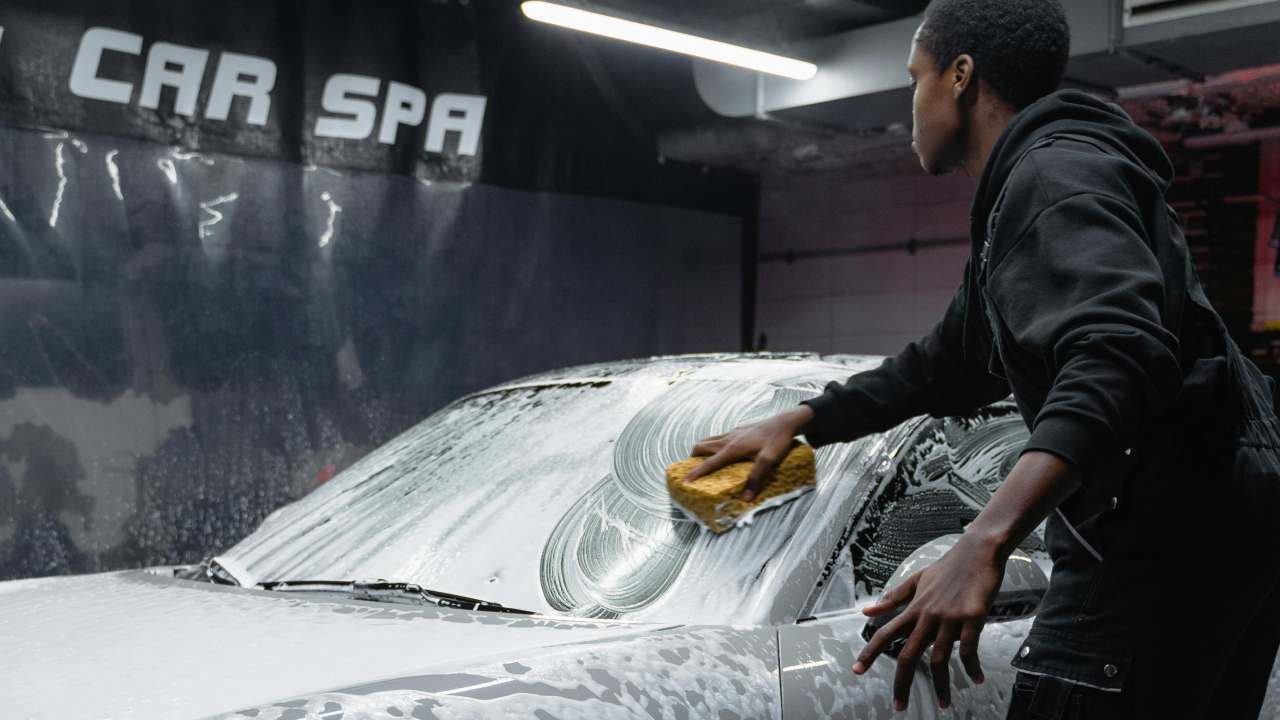Buying a new car is an exciting milestone, loaded with possibilities and freedom. But to keep your vehicle running smoothly for years to come, you need to ensure it receives proper care from the very beginning. Regular maintenance is the backbone of longevity and performance, but knowing where to start can feel overwhelming for new car owners.
This guide will walk you through essential steps to maintain your new car, highlight common mistakes to avoid, and shed light on whether to go DIY or call the pros. By the time you’re done reading, you’ll have a structured maintenance plan that ensures your car stays in peak condition.
First Steps After You Purchase Your Car
Taking proper care of your car begins right after you drive it off the lot. Here are some important first steps to establish a strong foundation for your car’s health and safety.
1. Read the Owner’s Manual
Familiarize yourself with your car’s owner’s manual—it’s your best resource for understanding your vehicle. It details specific maintenance schedules, oil recommendations, and troubleshooting tips tailored to your car. By reading this, you’ll know exactly how to give your car the care it deserves.
2. Check Tire Pressure and Alignment
Properly inflated and aligned tires can significantly impact your car’s performance and fuel efficiency. Even on a brand-new car, tire pressure can fluctuate during shipping or storage. Use a pressure gauge to ensure your tires meet the recommended PSI levels listed in your manual.
3. Get Insurance in Order
Although it’s not a physical maintenance tip, securing quality car insurance protects your investment in case of accidents or unexpected repairs. Compare policies to get the right coverage for you and your vehicle.
4. Inspect Fluids
While a new car’s fluids (like oil, brake fluid, and coolant) should be topped off and fresh, it doesn’t hurt to double-check. This will familiarize you with where each reservoir is located, making future maintenance much easier.
Routine Maintenance Schedule
A consistent maintenance routine is key to keeping your car functional and avoiding costly repairs down the road. Here are the must-do tasks you should prioritize.
Oil Changes
For most cars, modern engine oils last between 5,000 to 10,000 miles, making oil changes less frequent than they were 10 years ago. Always use the type of oil recommended in your car’s manual—cutting corners can lead to reduced engine performance.
Tire Rotations and Alignments
Rotating your tires every 5,000 to 7,500 miles ensures even wear, improving both safety and lifespan. Check for wheel alignment issues if you notice uneven wear patterns or if your car pulls slightly to one side while driving.
Inspect Fluids Regularly
- Brake Fluid: Vital for safety and performance; check and replace as specified in the manual.
- Coolant: Monitor levels especially during seasonal changes. Low coolant can lead to overheating.
- Transmission Fluid: While less frequent, ensure it’s at the right level and clean to sustain smooth shifting.
Replacing Filters
Air and cabin filters trap debris and allergens, maintaining air quality and engine efficiency. Replace these every 12,000 to 15,000 miles or as needed.
DIY vs. Professional Maintenance
When it comes to car care, knowing the difference between tasks you can handle yourself and when to call in a professional can save you both time and money.
When to Go DIY
- Oil Changes (if you’re comfortable using ramps or lifts)
- Air and Cabin Filter Replacement
- Battery Terminal Cleaning
- Checking Fluid Levels
These tasks require minimal tools and basic knowledge. Plus, they can give you a better understanding of your vehicle’s components.
When to Call the Pros
- Transmission Repairs or Fluid Replacement
- Brake Pad Replacement
- Diagnostic Issues (Check Engine Light)
- Advanced Electrical Fixes
Professional mechanics have the expertise, tools, and access to parts to diagnose and fix problems efficiently. Attempting these on your own could void warranties or cause bigger issues.
Common Maintenance Mistakes to Avoid
Even well-intentioned car owners can make mistakes that could impact their vehicle. Here’s what to watch out for (and avoid).
1. Ignoring Your Maintenance Schedule
Skimping on routine maintenance like oil changes or tire rotations can lead to long-term wear and unexpected repairs. Stick to the schedule in your manual.
2. Using the Wrong Fluids
Every car requires specific fluids with unique viscosity and composition. Adding the wrong type of oil or coolant can damage the engine or cooling system.
3. Overstocked Trunk
Carrying excessive weight in your trunk increases fuel consumption and puts strain on your tires and suspension. Keep only essentials like a spare tire, jack, and emergency kit.
4. Ignoring Warning Lights
Dashboard warning lights are not suggestions—they’re indicators of problems that need attention. Delaying action could result in costly repairs.
Environmental Factors and Your Car
Where and how you drive can greatly affect how your car performs and how often it needs maintenance.
Local Weather
- Hot Climates can increase the wear on your car’s battery and tires.
- Cold Climates may require additional antifreeze and protectors for windshield wipers.
Frequent exposure to harsh weather conditions could call for more frequent inspections.
Driving Conditions
If you primarily travel short distances or drive in heavy traffic, your car might experience faster wear and tear than highway driving. Adjust your maintenance schedule to reflect this.
Storage Solutions
For those who don’t drive daily, properly storing your car—with a weatherproof cover and full tank of gas treated with stabilizer—can protect it from corrosion and leaks.
Ensure Longevity and Enjoy the Drive
Maintaining your new car doesn’t have to be a daunting task. By following these tips, you can ensure your vehicle stays in top condition, delivering excellent performance for years to come.
Remember, your car is more than just a way to get from point A to point B—it’s an investment. Treat it with care, and it will reward you with safety and reliability.
Have a tip for maintaining a new car or a personal story to share? Drop your thoughts in the comments below or subscribe for more expert car care insights. Happy driving!


